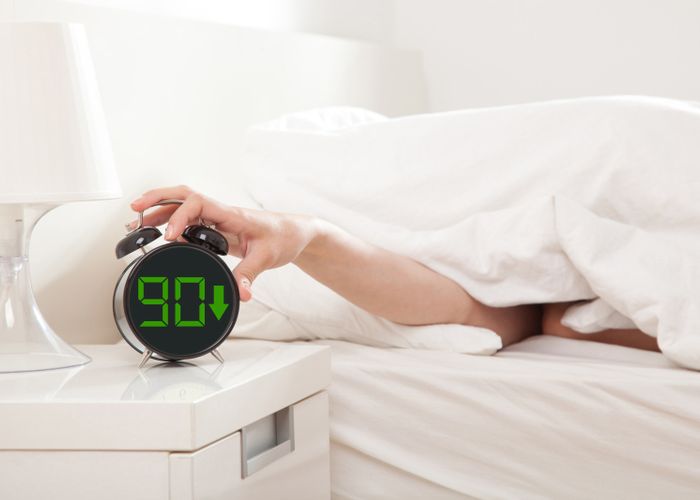
By Jeremy H. Pettus, MD
The alarms on my Dexcom are my favorite things about having a CGM, but also my least favorite.
What I mean, of course, is that they are sooooo important, but can also drive you nuts. Yes, my little Dexcom has beeped and buzzed its way right into my heart, but love can make you do funny things, like opening your bedroom door and throwing your receiver outside when it won’t shut up! The next day I always come crawling back and tell my receiver I’m going to change and be a better diabetic, and she always takes me back.
But, as important as alarms are, they are still under-recognized parts of diabetes care, and how to set them or adjust them is something that is rarely talked about. At visits with our doctors we discuss our basal rates/dose, carb ratios, correction factors, but rarely what to do with our CGM alerts – and we know that appropriately setting tighter alerts can help people get better control.
As a perfect example, I saw a patient recently and after downloading his CGM I noticed he was bottomed out almost all night for several nights. I’m not talking a little low; I’m talking as low as the CGM can read (40mg/dl) for about 6 hours. I asked him if he heard his alarms and he said yes, and then I asked him what his repeat low (or snooze) alarm was set at. He had no idea what I was talking about – most type 1s don’t, and most providers certainly don’t. So, what is the repeat alarm? It’s a feature that allows you to be alerted AGAIN if you are still high (or low) after a period of time. For example, my repeat low alarm is at 30 minutes, so if my low hasn’t corrected after 30 minutes, it will alarm again. This is a very good thing, because if I don’t hear the alarm the first time (or throw my receiver across the room), I want to be notified again in 30 minutes. This particular patient had his repeat low alarm at 0 minutes, which means it was OFF. And by the way, this is how it comes out of the box. My patient was happy to change his repeat alarm so he could have more chances to wake up in response to a potentially dangerous situation. Honestly, this simple thing can be a lifesaver.
In a similar manner, I think high alarms should be adjusted down overtime to the level where the patient will ALWAYS do something about it. For me, that’s 160mg/dl because, at that level, I will take at least one unit of insulin (unless I’m already coming down, or plan to exercise or something). My high alarm wasn’t always set at 160 though – I’ve slowly brought it down over time, and I think my A1c has come down a little as a result. My repeat high is set for 2 hours to give some time for my “rapid” acting insulin to do something.
So, the bottom line is, treat your alarms like you treat any other active parts of your diabetes management. Know what they are, know when you need to adjust them, and experiment! Now, if you are like me and are more of a visual learner, check out the following Edelman Report, where Steve and I say all this stuff in a more animated and adorable way.
Enjoy!


Leave a Reply